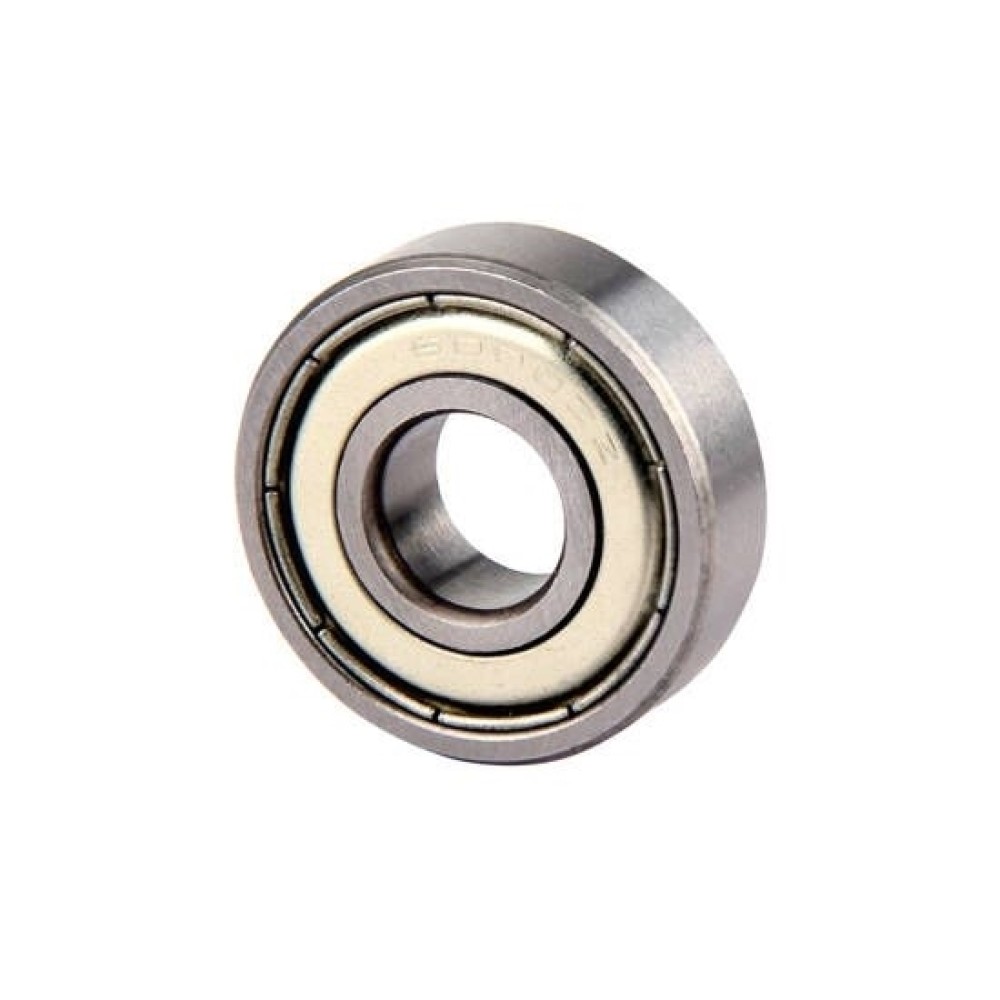The Fascinating World of Bearings: Types and Applications
In the vast field of mechanical engineering, bearings play a crucial role as key components that support rotating shafts. From everyday items like bicycles and washing machines to large industrial machinery, bearings are ubiquitous. Depending on their working principle and structure, bearings can be categorized into several types, each with unique characteristics and applications.
1. Rolling Bearing
Rolling bearings are among the most common types of bearings, designed to reduce friction between contact surfaces and improve efficiency. The main types of rolling bearings include:
Deep Groove Ball Bearing: This is the most widely used type of rolling bearing, suitable for both radial and axial loads. It features low friction, high speed, and easy installation and maintenance.
Cylindrical Roller Bearing: This bearing can handle significant radial loads but is not suitable for large axial loads. It is commonly used in applications requiring high rigidity and load capacity.
Angular Contact Ball Bearing: Designed to handle both radial and single-direction axial loads, it is particularly suitable for high-speed operations.
Thrust Ball Bearing: Primarily used for axial loads and not suitable for radial loads. It is often found in automotive clutches and similar devices.
Spherical Roller Bearing: Features an automatic self-aligning capability, which effectively compensates for misalignment of the shaft or bearing housing. It is ideal for heavy loads and low-speed applications.
2. Plain Bearing (Sliding Bearing)
Unlike rolling bearings, plain bearings operate through sliding contact. They typically consist of a journal and a bearing shell. Based on the lubrication method, they can be divided into dry and oil-film lubricated types.
Plain Bearing: Suitable for light loads and low-speed movements, such as in small electric motors.
Tapered Roller Bearing: Although named “roller,” this is actually a plain bearing, designed to handle large axial loads and some radial loads.
Hydrostatic Bearing: Uses externally supplied pressurized oil to form an oil film, completely isolating metal-to-metal contact. It is suitable for applications requiring extremely high precision and very high speeds.
Gas Bearing: Utilizes gas as the lubricant, offering extremely low friction coefficients. It is ideal for ultra-precision instruments and high-vacuum environments.
3. Special Purpose Bearings
In addition to the basic types of bearings, there are also specialized bearings designed for specific environments and requirements, such as high-temperature bearings, corrosion-resistant bearings, and magnetic fluid bearings. These bearings excel in particular conditions and meet the needs of various industries.
Conclusion
Choosing the right bearing is critical for ensuring the proper operation of machinery. The correct selection depends on the actual operating conditions and requirements. With technological advancements, the design and manufacturing of bearings continue to improve, adapting to more complex and varied working environments. We hope this article has helped you understand the different types of bearings and their applications!

